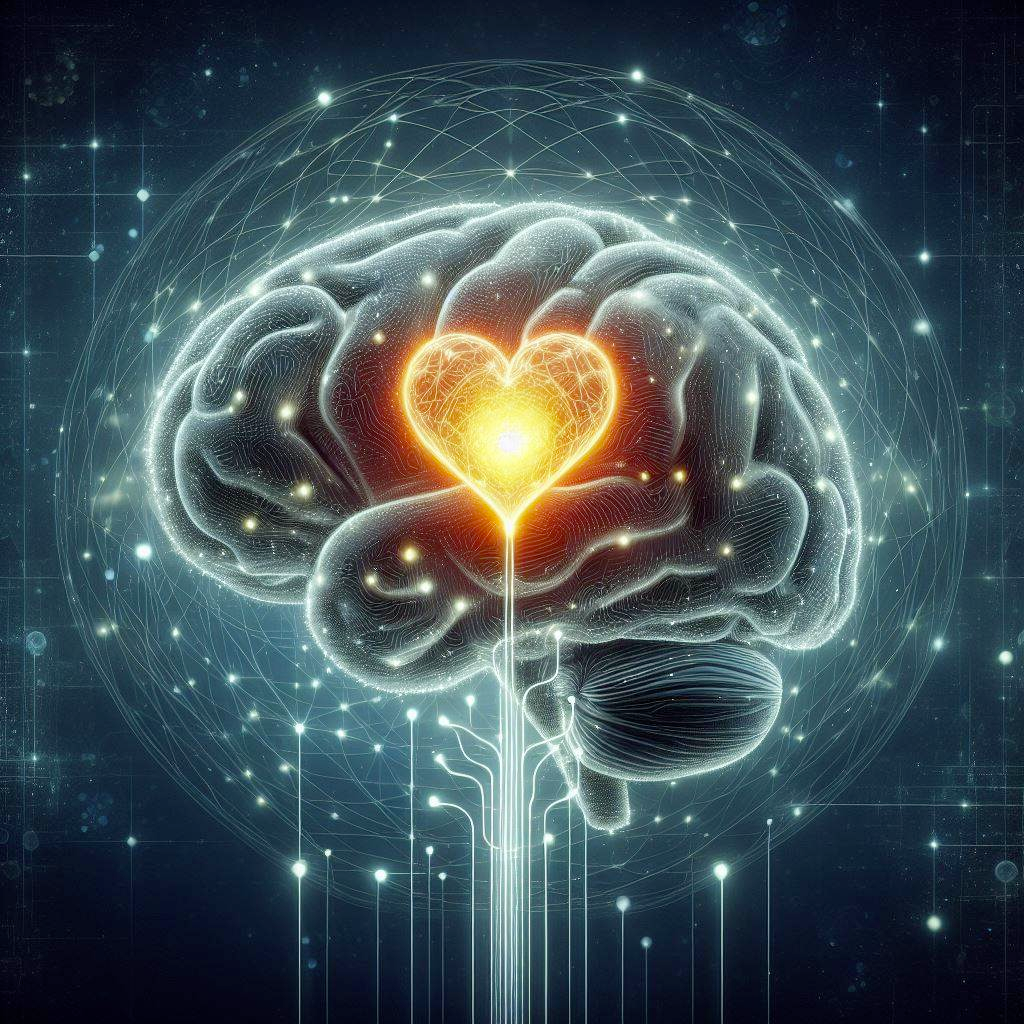Love is one of our core psychological and biological needs. We need to love, and we need to be loved. These needs are cross-culturally universal, even though the way people experience and express their love may differ across societies and contexts (Karandashev, 2019).
As a cross-cultural psychological phenomenon, love stems from some basic neural and physiological processes that occur in our brain and body. The need and capability to love evolved over a long history of biological evolution (Karandashev, 2022).
The Neurophysiological Evolution of Love
The evolution of the mammalian autonomic nervous system (ANS) has provided a neurophysiological basis for emotional processes related to the experience and expression of love, such as reproduction, proximity, and safety (Porges, 1998). Sexual arousal, passionate sexual activities, and long-term pair bonding develop as a result of phylogenetic changes in the autonomic nervous system (ANS). The vagus nerve of the mammalian autonomic nervous system (ANS) is anatomically connected to the cranial nerves that control social interaction between individuals through vocalization and facial expression. Subsequently, courting, love, and seduction behaviors develop.
Mammal Neural Systems for Love
Mammal brain systems exhibit specific neural activity patterns related to sexual behavior, affectionate emotions, and love. Several brain systems are involved in mating, including neural systems for sensory perception and cognitive and emotional responses to the object of love.
Dopaminergic reward pathways are the specific brain mechanisms involved in sexual and romantic attraction (Dixson, 1998, 2009; Fisher, Aron, & Brown, 2006; Panksepp, 1998).
Passionate attraction during courtship in mammalian species is directly associated with increased levels of central dopamine and norepinephrine, as well as decreased levels of central serotonin in the brain’s reward pathways (Fisher, 2004; Herbert, 1996).
Mammalian Human Brain
Functional magnetic resonance imaging (fMRI) in humans has revealed that passionate attraction and love are associated with activity in primitive brain regions (Aron et al., 2005; Bartels & Zeki, 2000, 2004; Fisher, Aron, & Brown, 2006; Ortigue et al., 2010, see for review, Karandashev, 2022). Passionate love involves the brain’s subcortical reward pathway and motivation systems focusing on a specific person. Thus, basic evolutionary mechanisms embed the basic emotion of love. This form of love could have appeared early in hominid evolution, providing people with emotional signals for mate selection (Fisher, 2004).
